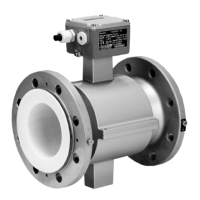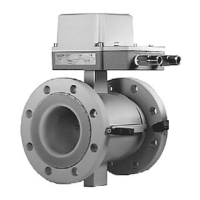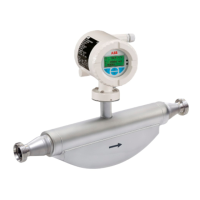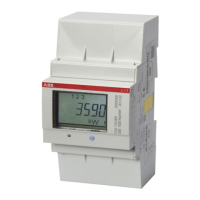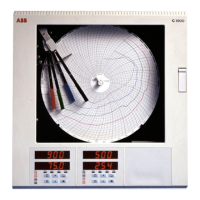27
…5.9 Introduction to Standard Control
10s 10s 5s 15s
Cycle Time
20s
Cycle Time
20s
Example shows a Cycle Time of 20 seconds
% Output =
On Time
Cycle Time
% Output =
10
20
x 100
x 100
% Output = 50%
% Output =
5
20
x 100
% Output = 25%
Information.
• On/Off Control – use for applications where precise
control is not required or where frequent switching of a
contactor using time proportioning control causes
premature wear.
• Proportional Control – use where:
cycling action of on/off control is unacceptable
load changes are small or infrequent
offset can be tolerated or eliminated using manual
reset.
• Integral Action – introduce to the control system:
to eliminate offset automatically
if set point or load changes frequently
• Derivative Action – introduce to the control system:
to enable faster approach to the set point
(by enabling use of a smaller proportional band)
to minimize overshoot.
Reverse Acting
Direct Acting
Set Point
100
0
% Output
50
==
50% Offset
0
% Proportional Band
1000
Set Point
100
0
% Output
50
0% Offset
0
% Proportional Band
1000
100
0
50
0
1000
Set Point
==
% Proportional Band
100
0
50
0
1000
Set Point
% Proportional Band
% Output
50% Offset
% Output
0% Offset
5 CONTROL OPERATION…
Information. A control offset of 0% allows
early control of the output and reduces the
overshoot on initial start-up. Control offset is set
in the
Control Page in the CONTROL
CONFIGURATION LEVEL, Programming Guide.
Fig. 5.15 Offset
Information. The cycle time is the period
of oscillation (in seconds) of the output for time
proportioning control. The optimum value is a
function of the process characteristics.
Fig. 5.16 Cycle Time

